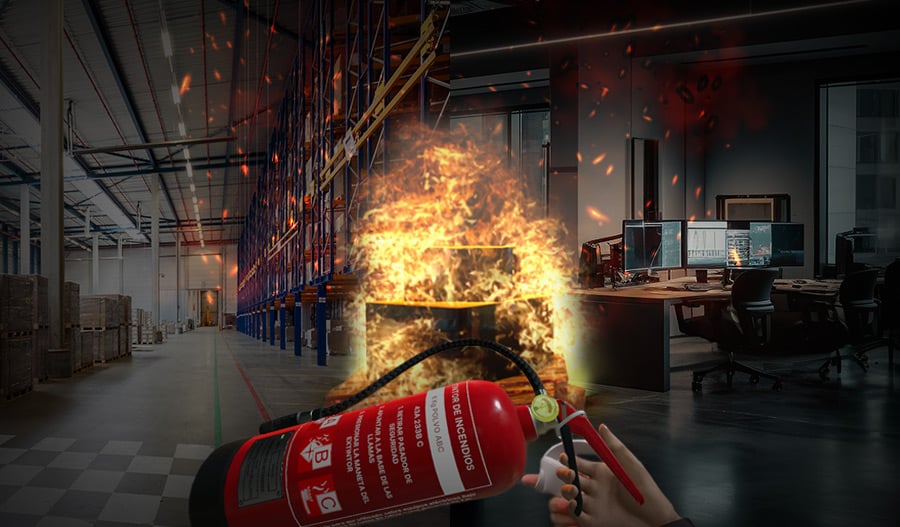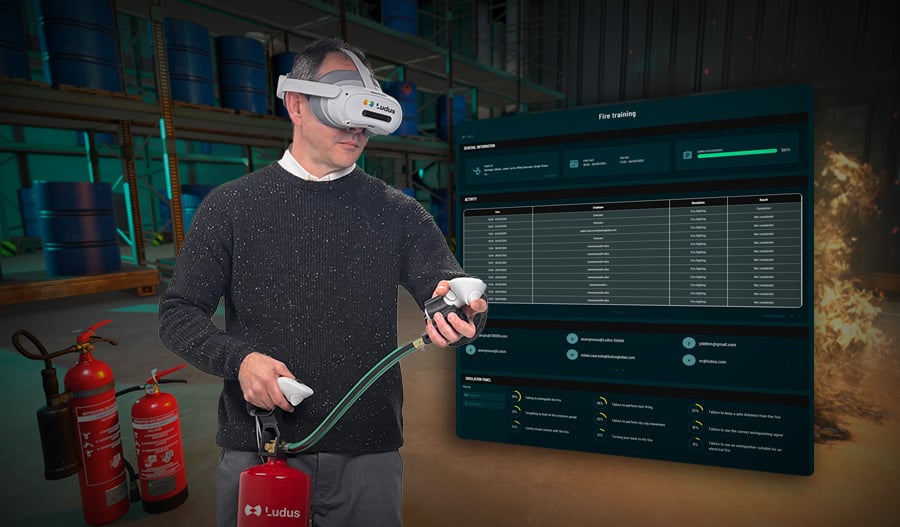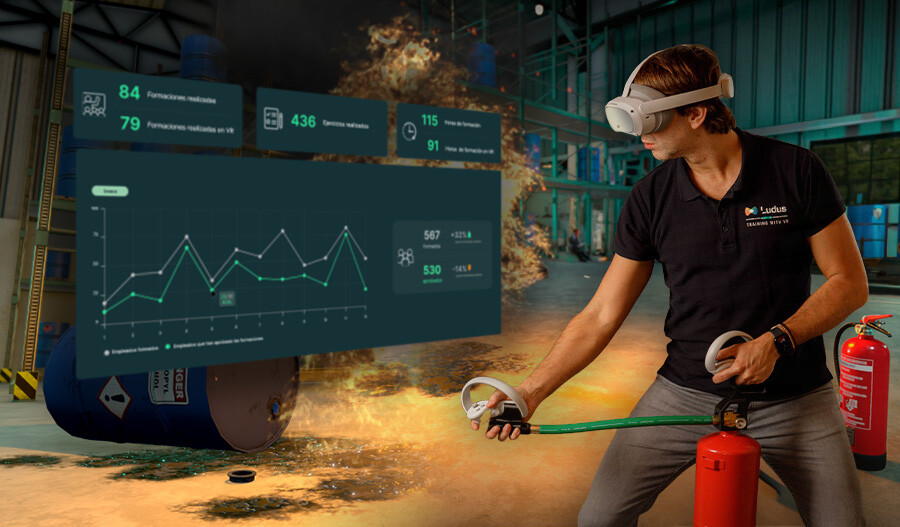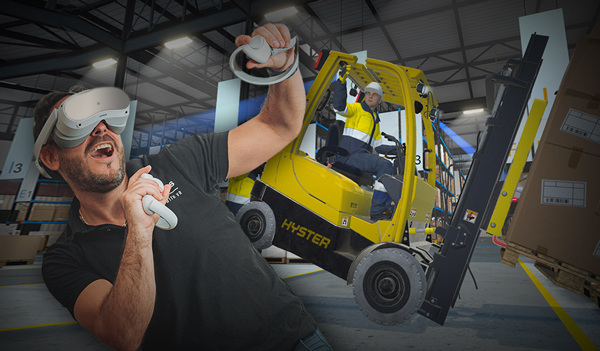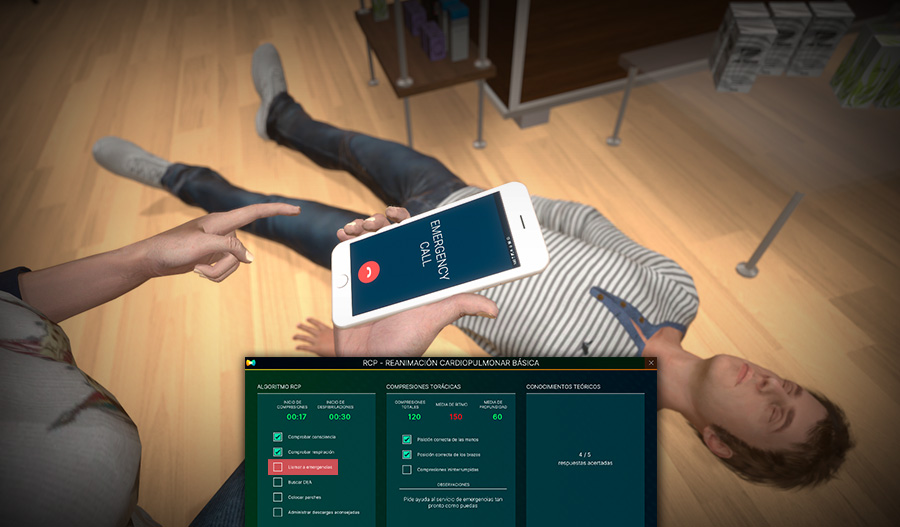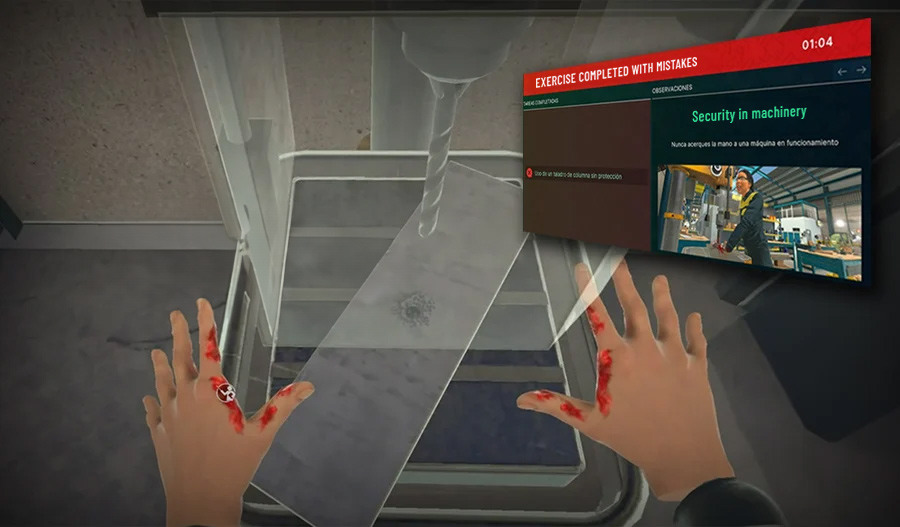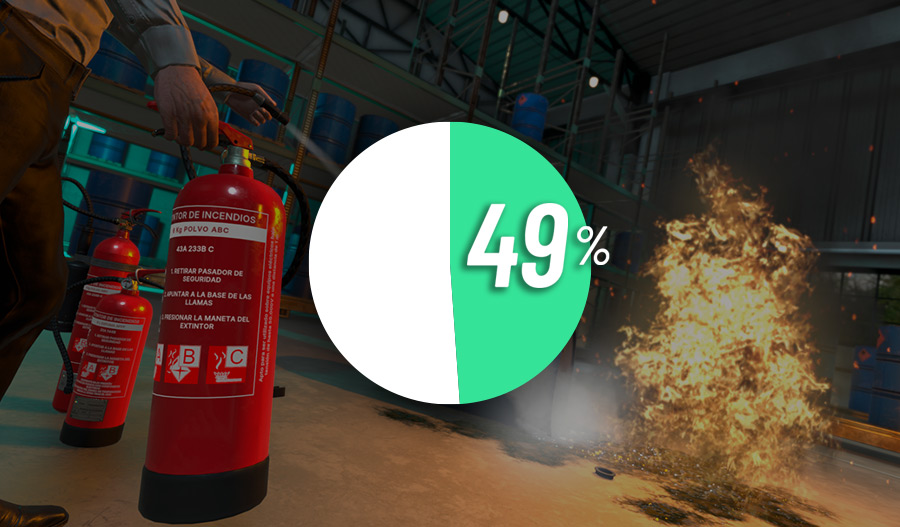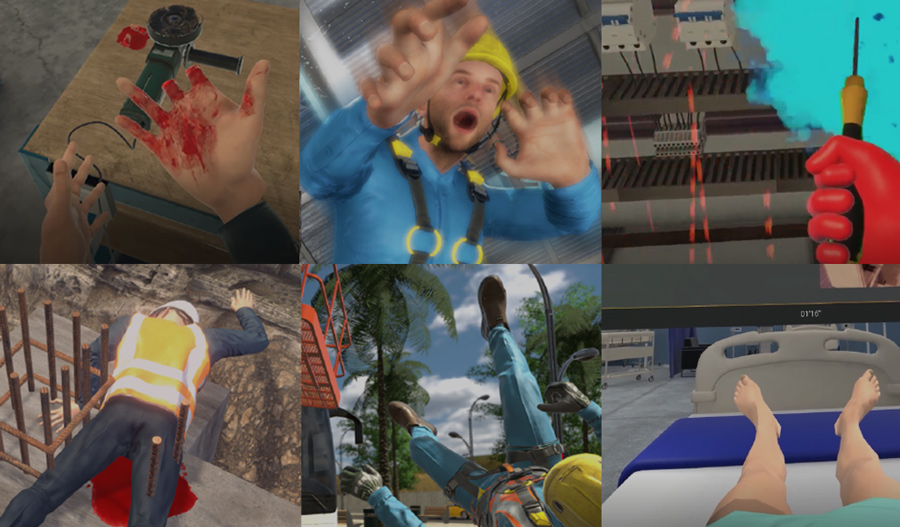What is the electrical hazard?
Electrical hazard refers to a workplace situation where a worker risks coming into contact with electrical current. This can result in severe accidents, such as electrocutions, or even death.
If such contact occurs, employees must be adequately protected to avoid accidents. Generally, two types of electrical contact are identified: direct and indirect.
Types of electrical contact
- Direct Contact: Happens when a worker comes into direct contact with an active part or live equipment.
- Indirect Contact: Occurs when a person touches parts of an installation that have been accidentally energized. This could involve metal parts or equipment casings due to faulty insulation.
Electrical hazard: statistics on workplace electrocutions in Spain and America
According to Spain’s Workplace Accident Statistics, there were at least 935 electrical hazard-related accidents in the country in 2022. Of these:
- 26 were severe.
- 7 were fatal.
- 456 were caused by electric arcs or passive/indirect contact.
- 479 involved direct contact with electricity.
It’s estimated the real number of electrocutions is higher. In the broader category of "Electrical contact with fire, temperatures, or hazardous substances," there were 1,965 unspecified accidents.
Even with the conservative figure of 935, Spain averaged 2.6 workplace electrocutions per day in 2022.
The situation in Latin America is comparable. According to the International Electrical Safety & Reliability Consultants (IESRC):
- Electrical hazards account for 25% of industrial accidents in the region.
- 90% of workers exposed to electrical hazards fail to identify or prevent them.
In the United States, the Bureau of Labor Statistics reported 152 worker fatalities due to electrical exposure in 2021.
Common Causes of Electrical Accidents
- Aging Installations and Equipment:
Deterioration over time and non-compliance with current regulations increase risks. - Failure to Follow or Update Safety Protocols:
Regularly updating and adhering to safety protocols is crucial to preventing electrical hazards. - Worker Negligence:
Accidents often occur when workers disregard safety protocols, despite knowing them.
The 5 Golden Rules for Preventing Electrical Accidents
To safely perform tasks involving electrical hazards, follow these essential protocols:
- Disconnect Power Sources: Ensure the machine or installation is entirely de-energized.
- Lockout and Tagout: Block power sources to prevent accidental reconnection and mark the lockout clearly.
- Verify Absence of Voltage: Use a voltage tester to confirm de-energization.
- Grounding and Short-Circuiting: Ensure grounding equipment is in good condition.
- Protect and Signal the Work Area: Use barriers like screens, cones, or fences to mark and secure the zone.
Why proper training is essential
Effective workplace safety training, including both theoretical and practical components, is vital to reducing electrical accidents. However, practical training with live electricity can expose workers to risks. How can these procedures be practiced realistically without endangering employees?
Virtual Reality in electrical hazard training
Emerging technologies, such as virtual reality (VR), provide a solution. VR simulations enable realistic workplace safety training without real-world risks.
By equipping workers with VR headsets, trainers can immerse them in realistic scenarios, such as warehouse environments, where they practice protocols without danger. Workers can make mistakes and witness the consequences in a virtual accident, enhancing awareness.
For practical training requiring real electrical setups, VR prepares workers to execute tasks efficiently and safely, reducing errors and training time.
Ludus’ Electrical Hazard Simulation
Ludus offers dynamic, realistic training solutions with its VR Electrical Hazard Simulation. Trainers can design various exercises featuring risks like:
- Direct contact
- Indirect contact
- Electric arcs
This technology provides a safe, immersive, and effective way to prepare employees for workplace electrical safety.
Are you interested in Virtual Reality as a tool for health and safety training?
Fill out this form to receive specific information about the benefits and features of our VR platform.


